Top 8 Best Health Insurance Companies in India in 2022.

Health insurance, also called medical insurance or medical aid in South Africa, covers all or part of the risk that a person will have to pay for medical expenses. As with other kinds of insurance, the risk is shared by many people. By estimating the overall risk of physical fitness risks and health system costs over the risk pool, an insurer can develop a common way to pay for the health care benefits outlined in the insurance contract. This could be a monthly premium or a payroll tax. The use is run by a central organization, such as a government agency, private business, or non-profit group.
According to the Health Insurance Association of America “coverage that pays out benefits if you get sick or hurt. It covers losses from accidents, medical bills, disability, accidental death, and the failure of limbs “.
A plan for health insurance is:
A contract between an insurance provider (like an insurance company or the government) and an individual or his or her sponsor (that is, an employer or a community organization). In the case of private insurance, the contract can be renewed every year, every month, or for life. In the case of national plans, every citizen can also require it. This information is written down in a member contract or “Evidence of Coverage” booklet for private insurance. This information is written down in a nation for public insurance.

Health insurance comes in two different types in the United States: public and private. An ERISA plan sponsored by an employer and self-funded is an example of a private-funded insurance plan. The company advertises that they work with a big insurance company most of the time. On the other hand, in an ERISA case, that insurance company “doesn’t do insurance,” they just manage it.
So, ERISA plans don’t have to follow state laws. ERISA plans are run by the U.S. Department of Labor, which is in charge of federal law (USDOL). In the Summary Plan Description, you can find details about the benefits or coverage (SPD). An appeal must go through the insurance company and then to the Employer’s Plan Fiduciary. If needed, the Fiduciary’s decision can be taken to the USDOL to see if it is in line with ERISA, and then a lawsuit can be filed in federal court.
There are different ways an insured person can be responsible:
Premium: The amount the person with the policy or their sponsor (such as an employer) pays to the health plan to get health insurance. (U.S. specific) The healthcare law says that a person’s premium is based on five specific things about the insured person. These factors are the insured’s age, location, whether or not they smoke, whether they sign up as an individual or a family, and which plan category they choose. Under the Affordable Care Act, the government gives people who buy private insurance through the Insurance Marketplace a tax credit to cover part of their premium
Deductible: The amount the insured person must pay out of his or her pocket before the health insurance company pays its share. For example, policyholders might have to pay a deductible of $7,500 per year before their health insurance will pay for any of their health care. Before the deductible is met and the insurance company starts to pay for care, it may visit the doctor a few times or refill prescriptions. Most policies don’t count co-pays for doctor visits or drugs toward your deductible.
The amount that the insured person is required to pay out of pocket is known as a co-payment in their own pocket for a visit or service before the health insurance company will pay for it. For example, a person with insurance might have to pay a $45 co-payment to see a doctor or get a prescription. Every time a particular service is used, a co-payment must be made.
Co-insurance: Instead of paying a fixed amount up front (a co-payment) or in addition to it, an insured person may also pay a percentage of the total cost (co-insurance). For example, a member might have to pay a co-payment plus 20% of the surgery cost while the insurance company pays the other 80%. If there is an upper limit of coinsurance, the person who bought the policy could owe very little or a lot, depending on how much the services they got cost.
Some services are not covered. Items billed, like use-and-throw, taxes, etc., can’t be claimed. The insured person has to pay the total cost of services that are not covered by their insurance most of the time.
Coverage limits: Some health insurance plans will only pay for care up to a certain amount. If a service costs more than the health plan will pay for, the insured person may have to pay the difference. Also, some insurance plans have annual or lifetime limits on how much they will cover. In these situations, the health plan will stop paying once the maximum benefit has been reached, and the policyholder will have to pay for the rest.
The maximum amount you pay: Similar to coverage limits, except that once the insured person reaches the out-of-pocket maximum, they no longer have to pay for covered costs. From then on, health insurance pays for all covered expenses. Out-of-pocket maximums can only apply to certain types of coverage, like prescription drugs, or they can be used for all ranges during a specific benefit year.
Capitation: When an insurance company pays a health care provider a certain amount, the provider agrees to treat all of the insurance company’s members.
Provider in the network: (U.S. term) A health care provider on a list that the insurer has already chosen. If a plan member goes to a provider in their network, the insurance company will discount their co-insurance or co-payments or give them extra benefits. Most of the time, providers in the network have a contract with the insurance company to accept rates that are lower than the “usual and customary” rates the insurance company pays to providers who are not in-network.
Out-of-Network Provider: A doctor or hospital not part of the plan’s network. If a patient uses a provider, not in their network, they may have to pay the total cost of the services and benefits they get from that provider. Even for emergency services, providers who aren’t in the network may charge patients extra fees.
Prior Authorization is a certification or permission given by an insurer before a medical service is done. If you get Authorization, the insurance company has to pay for the service, as long as it’s the same as what was authorized. [disputed – talk about it] Many more minor, more common services do not need to be approved.
Formulary: The list of drugs that an insurance plan agrees to pay for.
An “Explanation of Benefits” is a document that an insurer can send to a patient to explain what was covered for a medical service and how the amount paid and the amount the patient is responsible for were determined.
Patients are told about their emergency room bills 30 days after the service. Patients aren’t usually said about the cost of emergency room services in person because of the patient’s condition and other factors until they get this letter. Some health insurance plans offer prescription drug plans, which are a type of insurance. In the U.S., a patient usually pays a co-payment and some or all of the rest of the cost of drugs covered by their plan’s formulary: T.S. 2:21 Plans like these are often included in national health insurance plans.
For example, in the Canadian province of Quebec, everyone is required to have prescription drug insurance as a component of the national health care system This insurance can be bought and managed either through a private or group plan or a public plan.
Some, if not most, health care providers in the United States will agree to bill the insurance company if the patient is willing to sign an agreement stating they will be accountable for the amount the insurance company does not pay as part of the public health care plan The cost of the claim is covered by the insurer.s providers outside of its network based on “reasonable and customary,” which may be less than the provider’s usual fee. The provider may also have a separate contract with the insurer to accept a discounted rate or capitation compared to the provider’s standard charges. As a result, using a provider in the network usually costs less for the patient.
Top 8 Health Insurance Companies in India in 2022.

- Bharti AXA General Insurance Company Ltd.
Bharti AXA General Insurance Company is one of India’s most well-known and respected health insurance providers. Bharti Enterprises (a major Indian commercial conglomerate) and France’s AXA Group have teamed together on this initiative (a leader in financial protection and wealth management). In 2008, the company was founded.
Health, group health, life, and car insurance are only some of the available insurance products offered by the organization to both individuals and corporations. In addition, Bharati AXA’s health insurance plans are among the best available on the internet. It maintains a network of over 60 corporate branches across the United States.
It is the first insurance firm in India to receive the ISO 9001:2008 and the ISO 27001:2005 certifications in its first year of operations. Efficacy, dependability, and dedication are evidence of this firm’s quality. Claim settlement is handled in an open, fair, and efficient manner. Furthermore, it has a history of solid claim settlement ratios, with a 2018-19 ratio of 98.27%.
Health insurance policies are available from the company.
- Bharti AXA Smart Health Assure Insurance Policy
- Bharti AXA It’s essential to have a well-thought-out plan for your
- Bharti AXA Critical Illness Insurance from Smart Health
- Bharti AXA Personal Accident Insurance Plan
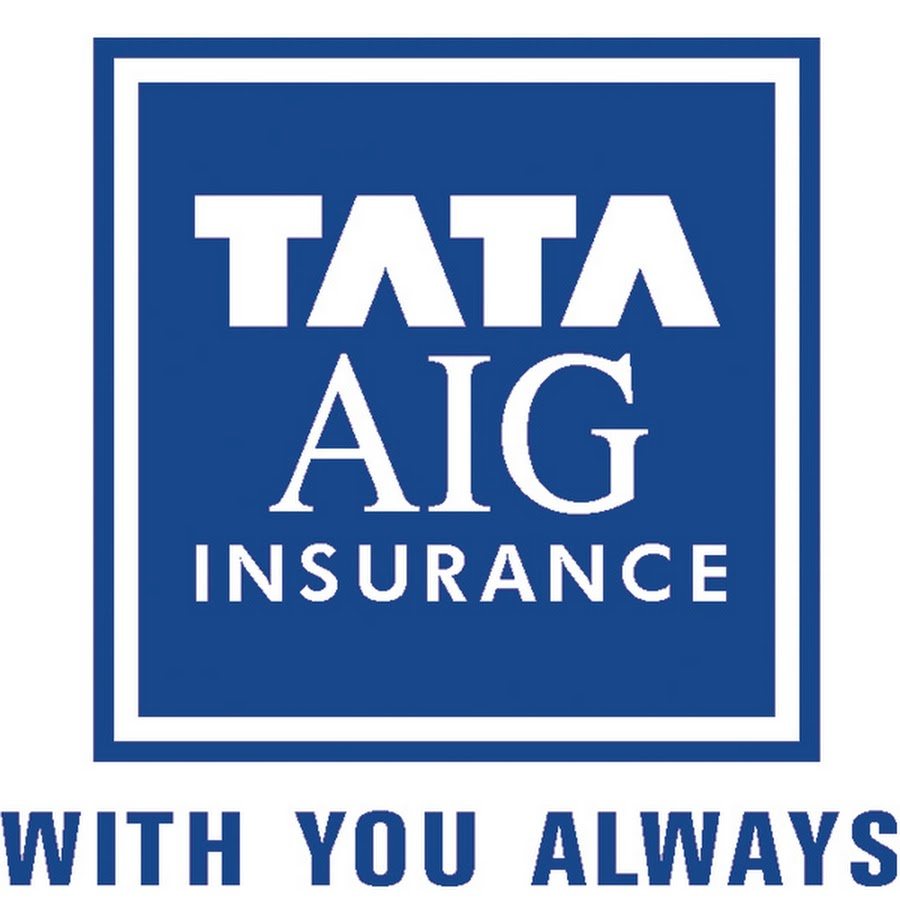
2. Tata AIG
Tata AIG General Insurance Company Limited, one of India’s leading health insurers, is a joint venture between the Tata Group and the American International Group (AIG) (a finance and insurance company). In 2001, the company began operations and now offers insurance for individuals and businesses.
The company has an average of 95 per cent claim settlement percentage overall. For example, Tata AIG has a variety of insurance options for people of all ages and stages of life and women, seniors, and those dealing with serious illnesses. Customers can also get affordable health insurance online from the company. Take a peek at some of the top health insurance policies by Tata AIG:
- Tata AIG MediCare
- MediCare Premier by Tata AIG
- The Tata AIG Group of Insurance Companies Insure Your Health With Medicare
- Executive
- Medi Senior
- Wellsurance Woman
- Wellsurance A Critical Illness Plan for the Family.

3. AEGON LIFE
It is a joint venture between Bennett, Coleman & Company (BCC) and AEGON Life (a large Dutch financial services firm) (publishers of Times of India). One of India’s best-known insurance businesses was founded in 2008.
In 2017-18, the claim settlement ratio was 95.67 per cent, which has been stable over the past few years. The following is a list of the numerous types of health insurance policies offered by the business:
- Essential Health Benefits Plan
- Plan iCancer
- Health Insurance for the Elderly
- Policy for Surgical Cash Benefits
- Mico-insurance Policy Unit-linked health insurance programs.

4. HDFC Ergo Health Insurance
With the help of HDFC and Ergo International AG, HDFC Ergo is the fourth largest private sector insurance firm in India. The company has a claim settlement percentage of 90.32 per cent and a wide choice of health insurance products.
Many vital honors, including the 2016 Best Customer Experience Award, have been bestowed upon it for its stellar customer service record. ICRA has also given it an ‘iAAA’ grade for its ability to pay claims.
Individuals, families, and parents can all take advantage of the company’s health programs. The following are examples of health plans offered by the business:
- Traditional Medical Insurance
- Top-up to your health insurance
- Critical Illness insurance for Health Medisure Top-up
- Insured Women’s Health
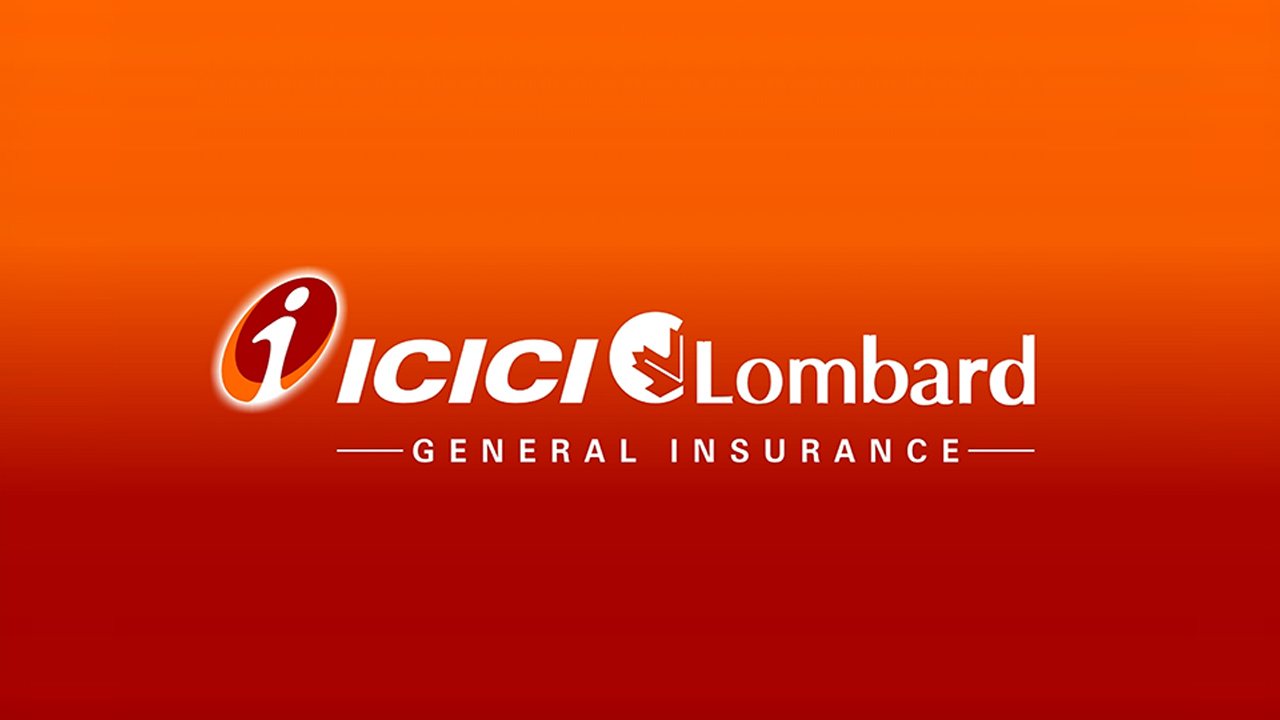
5. ICICI Lombard
Lombard was formed in 2001 as part of ICICI Bank’s joint venture with Fairfax Financial Holdings (a Toronto-based financial services company). The firm is one of India’s most prominent general insurers. Online health insurance is also available as a convenience for customers.
For this reason, it is one of the best health insurers in the country. The company’s claim settlement ratio has consistently been around 99.87 per cent.
The company’s most popular health insurance plans include:
- Personal Protective
- Disease Management Program
- Health insurance
- Health booster
- The policy of Aarogya Sanjeevani
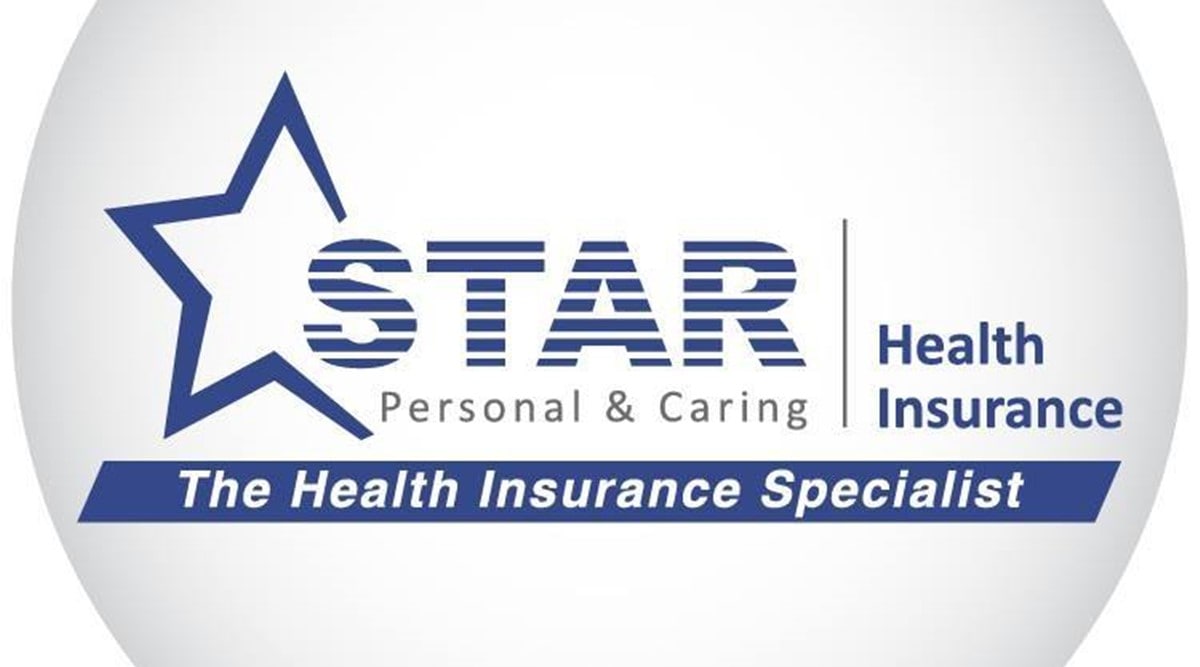
6. Star Health Insurance.
Star Health Insurance enjoys a prominent position as one of India’s top insurers. Star Health and Allied Insurance Co. Ltd. were established in 2006, and it has been operating since then. Since its foundation, it has protected the lives of over 16.9 million people and overseen the management of over INR 17,211 crore in assets. Undoubtedly, it is one of America’s most rapidly expanding and recognized insurers.
One of its many innovative Mediclaim policies and health insurance plans is Star Cardiac Care, making it the first insurance business to offer a plan specifically designed for persons with cardiac disease.. problems. To get compensation from an insurer, it’s better to go through Star Health. The claims settlement ratio is 61.76% for the firm. More than 90% of claims are settled without cash, and the average settlement time is less than two hours.
Additional Star Health Insurance policies include the following:
- The Red Carpet Health Insurance Plan for the Elderly
- The All-Inclusive Insurance Plan from Star
- Insurance Coverage That Is Way Overkill
- Optima Medi-Classic Insurance Plan for Family Health (individual)
- Insurance from Star Health Gain.
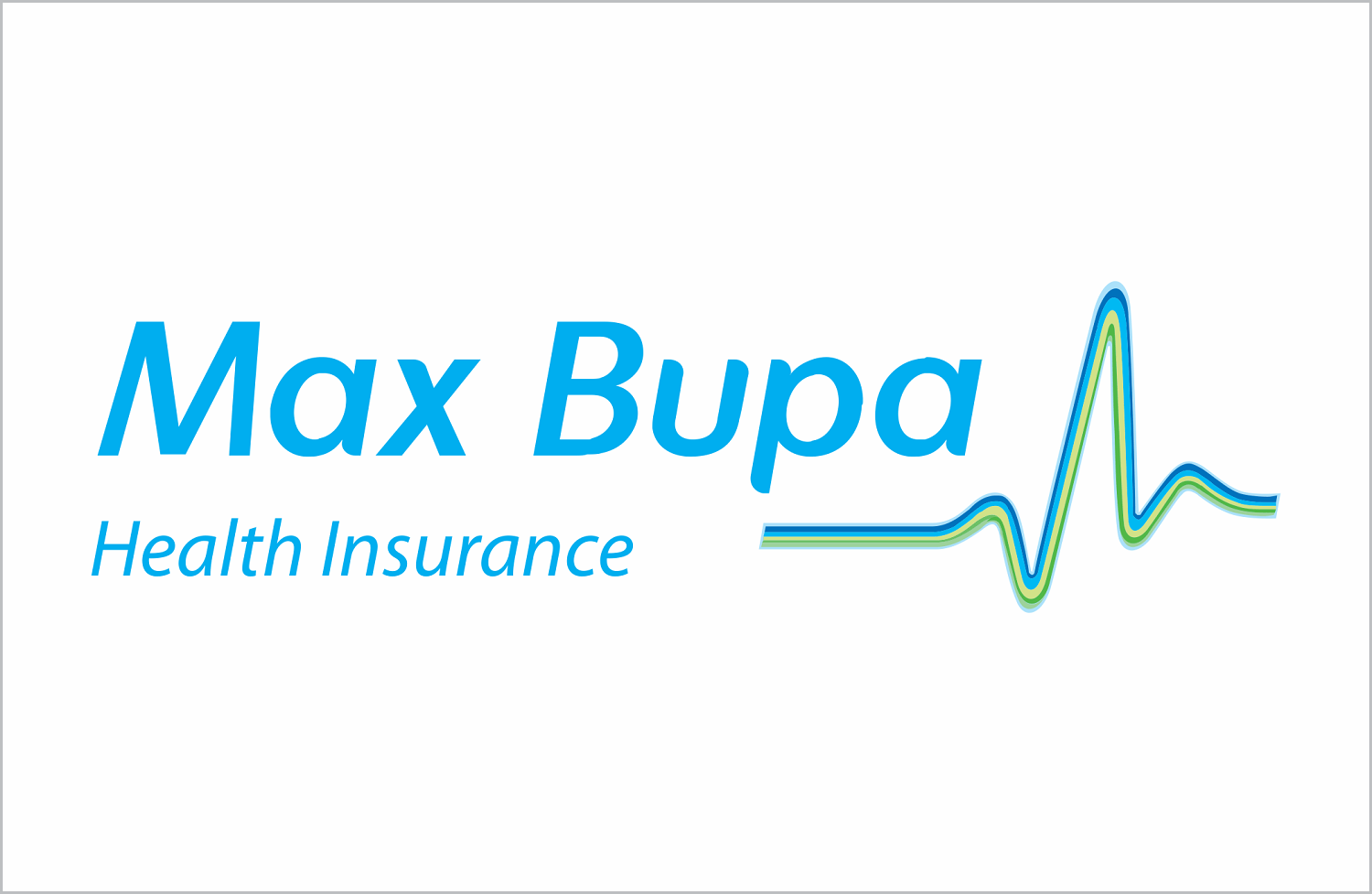
7. Niva Bupa Health Insurance (Formerly known as Max Bupa)
Max Bupa was formed in 2010 as a joint venture between the Max Group and Bupa, a primary healthcare provider with more than six decades of experience. Claim resolution rates for 2018-19 totalled 89 per cent for the organization.
Max Bupa has established a nationwide network of 21 offices. It also has an extensive network of hospitals that give cashless treatment and over 34,000 agents. 9 out of 10 cashless claims are settled in less than 30 minutes, according to the company’s shares of providing exceptional claim settlement experiences. In addition, individuals and families can choose from a wide variety of options the organisation offers.
- Companion for Health and Well-Being
- Accident Care with GoActive HeartBeat Health Pulse
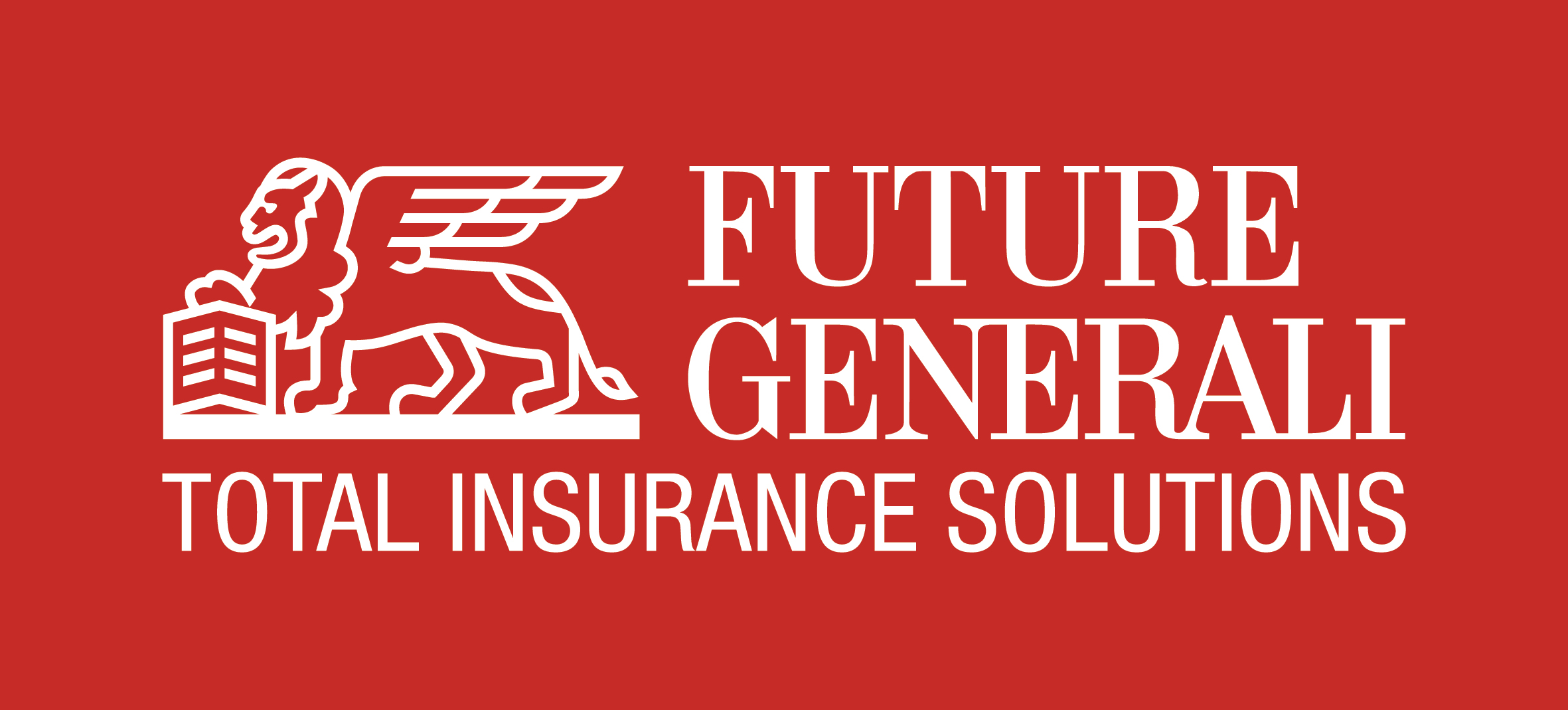
8. Future Generali
In 2007, the Future Group and Generali merged to create Future Generali India, a health insurance company with a large variety of products on its website. It has a broad range of products to meet the requirements of a wide range of clients. An excellent health insurance company in India because of its customer-centric strategy. 96.95 per cent of the company’s claims have been paid out so far.
Health plans include:
- Mediclaim Insurance by Health Total.
- An insurance plan for mosquitoes called Future Vector Care
- Next-Generation Hopicash
- Top Up Policy for Critical Illness and Health Surplus of Aarogya Sanjeevani Policy
- Future Criticare




